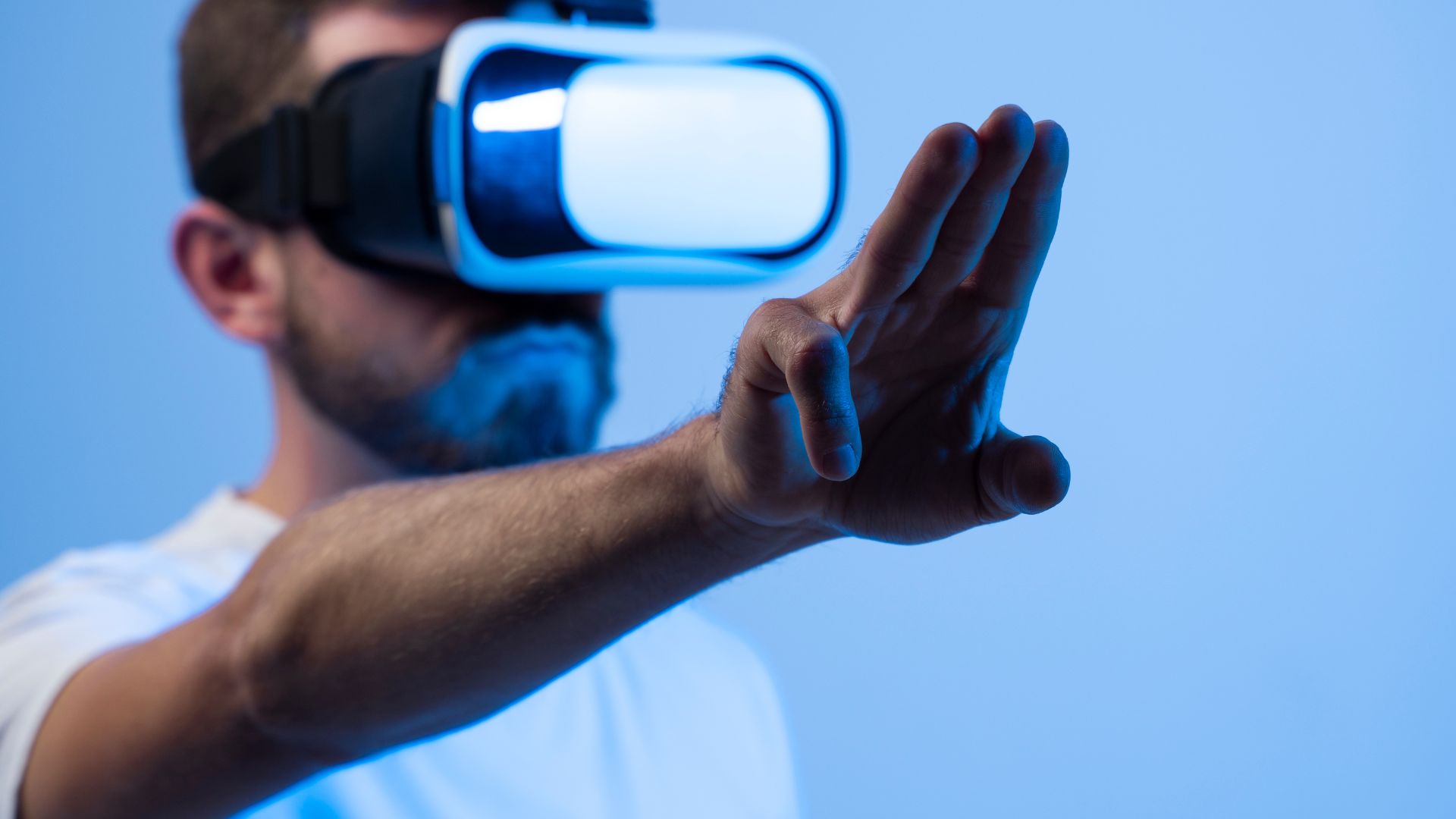
There is a shift happening in tech right now, one that blends what we see and what we know in real time. Extended Reality (XR) are getting mroe powerful, and Artificial Intelligence (AI) is becoming more smarter. Together, they’re reshaping how we interact with digital environments. Improving how we learn, play and generally interact with technology.
When Immersion Gets Intelligent
XR—covering Virtual Reality (VR), Augmented Reality (AR), and Mixed Reality (MR) has already proven its worth in areas like gaming, training, and design. But its true potential starts to unlock when it’s powered by AI. That is where experiences become responsive, adaptive, and personal.
AI can interpret your surroundings, predict your needs, and react in ways that traditional systems cannot. The result? XR that feels more alive, more useful, and more aligned with how we naturally think and move.
What It Looks Like in Practice
One of my favourite examples comes from a personal project I built, a Rubik’s Cube Passthrough Solver for Meta Quest. Using computer vision and passthrough AR, the app recognises the cube in your hands and provides step-by-step guidance to solve it.
Simple idea, but powerful execution: XR lets you stay grounded in the real world, and AI does the cognitive heavy lifting. Together, they solve a real problem in a new way.
This kind of synergy is becoming more common:
- VR training platforms that use AI to adapt difficulty based on your performance.
- AR sales tools that recommend personalised products in real-time.
- AI avatars in MR that understand natural language and respond intelligently.
These are not distant sci-fi ideas. They’re being rolled out in education, healthcare, retail, and other enterprises today.
Why XR + AI Is a Big Deal for Product Innovation
There’s a reason this combo is catching fire in 2025. It creates new capabilities that are hard to ignore:
- Personalised experiences: AI tailors what you see, hear, and do in XR based on your behaviour, preferences, or goals.
- Smarter interactions: With AI-powered speech recognition and generative responses, you can talk to the environment and get meaningful feedback.
- Better data, better decisions: Every interaction in XR becomes an opportunity to learn and optimise. AI can surface insights that improve the experience, continuously.
As someone who has leads projects and built XR expriences, these possibilities open the door for designing systems that learn and improve, while staying deeply human in how they work.
Not Without Its Challenges
Like all new tech, convergence brings complexity. A few things I’ve had to navigate:
- Performance trade-offs: Running AI in real time XR environments pushes the limits of devices. Optimisation matters.
- Designing for clarity: AI should assist, not distract. Blending guidance and immersion is a UX art form.
- Privacy and ethics: When you’re capturing spatial data, eye tracking, voice input—transparency and trust need to be built in from day one.
These are not blockers, but they are real considerations for any team stepping into this space.
Leading at the Intersection
At the heart of it, it is how we take lead in helping teams through the change in tech.
When I worked on projects like Forge of Elements or AI pilot tools in higher ed, the same leadership themes kept coming up:
Ask the right questions early. Get the right people talking. Experiment in small, meaningful ways.
The best outcomes come when developers, designers, data scientists, and domain experts collaborate on not just what is possible, but on what is useful.
Where It’s Headed Next
Looking ahead, the future of XR and AI is shaping up fast. Devices like Apple Vision Pro have raised the bar for immersion, and AI models are getting better at understanding context, generating content, and mimicking real human interaction.
Soon, we won’t just enter virtual worlds, we will co-create them, adapt them in real-time, and learn from them as we go.
For teams building the next wave of products, this convergence isn’t a gimmick. It’s a way to solve real problems with smarter tools—and create experiences that stick.
Final Thoughts
XR meets AI is more than just a tech trend. It’s a signal that immersive experiences are entering their next chapter, one where intelligence and interaction blend seamlessly.
Whether you’re building digital products, leading a team, or just curious about what is next, it is worth paying attention to how these technologies are coming together.
If you are working in this space (or want to) I’d love to hear what you’re building.
Thanks for reading. If you’re exploring intelligent immersive tech or navigating digital transformation in your organisation, let’s connect. Find me on LinkedIn or check out more of my work at matthewaisthorpe.com.au.